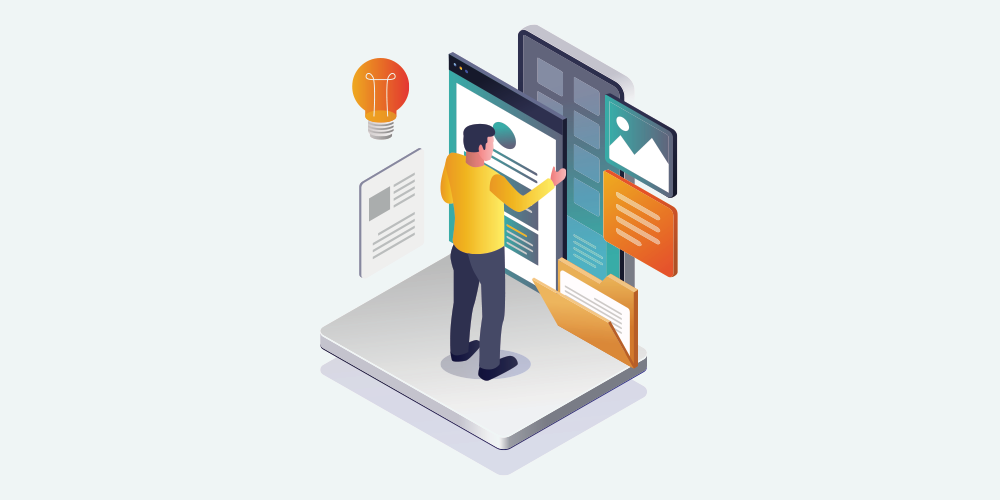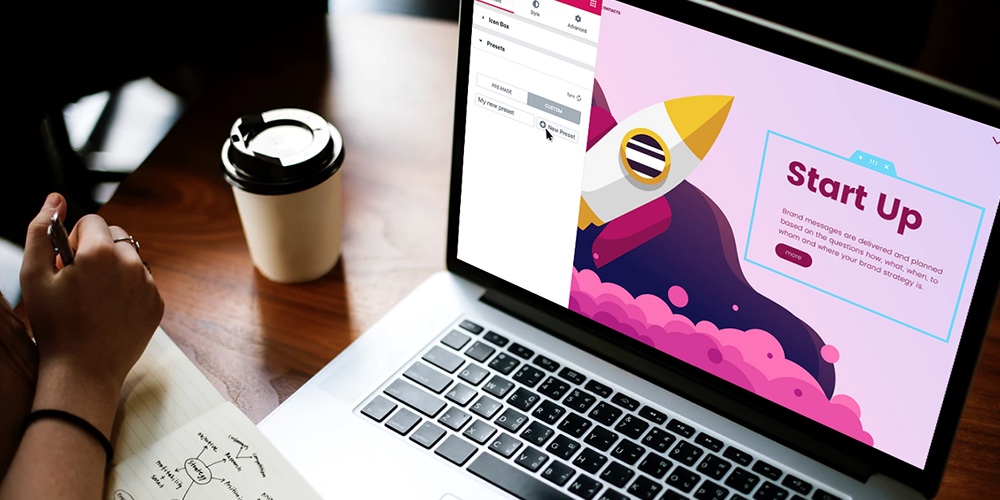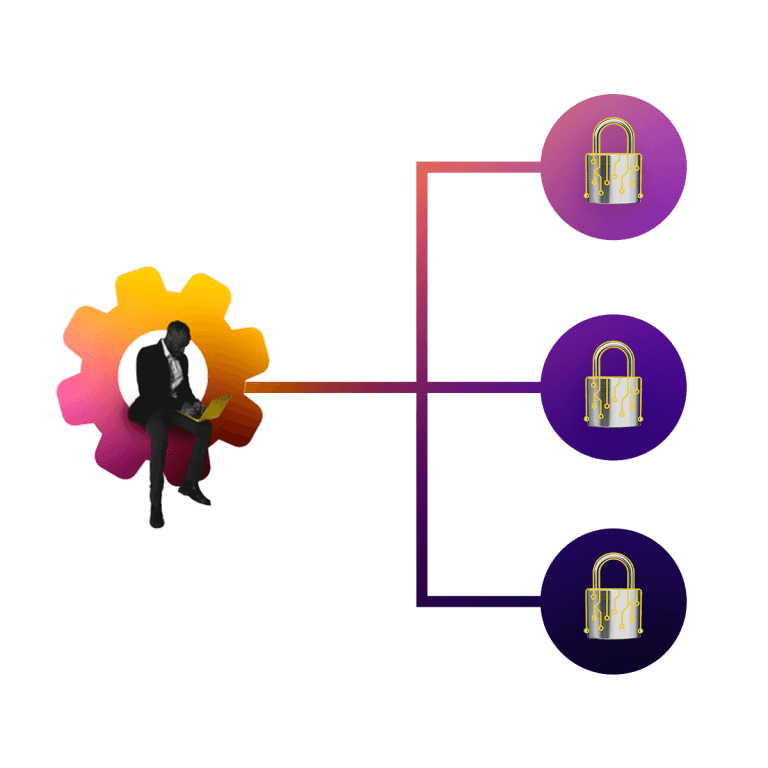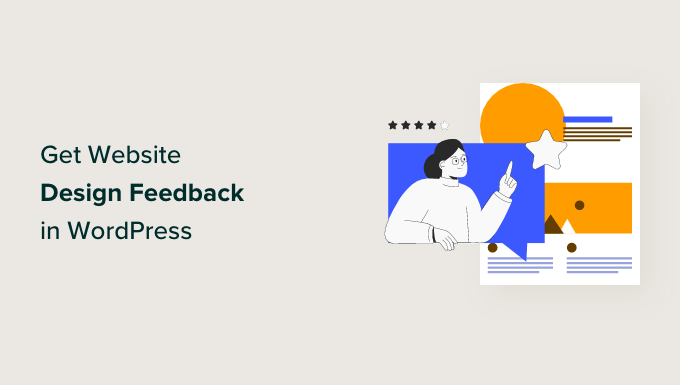Your website’s theme lets search engines such as Google know what kind of content you’re offering your audience. The best WordPress themes also let your visitors easily navigate your layout and quickly find the type of content they’re looking for. From new colors and fonts to striking styles and layouts, a new website theme is both a great way to let search engines know what your site is all about and increase its navigability.
On the flip side, changing or upgrading your site’s theme can also impact its search engine rankings. Particularly if your business relies on SEO to generate a big chunk of its viewership and organic traffic, changes to your website’s theme can have far-reaching consequences to your SEO rankings. To that end, let’s take a look at the biggest reasons why users should (or shouldn’t) change their site’s WordPress themes as well as the best ways to change themes without negatively impacting SEO rankings.
When Does It Make Sense to Change Your Theme?

Before we delve into the ways that theme changes can affect your SEO, let’s briefly cover a few reasons you may want to change your theme in the first place. To start, plenty of businesses that run their own sites are sick and tired of slow site load speeds. Sites that load slowly often result in high bounce rates, since users may decide that their time is better spent on a faster site.
WordPress themes that are professionally coded and managed can go a long way toward improving the loading speed of your pages and reducing your user bounce rate. Better loading speeds translate into better rankings with search engines like Google, so, it’s a good idea to keep an eye out for themes available from trusted and reputable sources if your website suffers from slow loading times. These themes are highly responsive, which results in better site performance and ultimately a better user experience.
Speaking of user experience, new WordPress themes can vastly improve your site’s design and subsequently the user experience your site offers its visitors, which is another big factor that affects your ranking with Google and other popular search engines.
A new-and-improved site design and user experience are valuable to sites both big and small, and it’s particularly helpful for websites run by small businesses and even independent freelancers.
Free WordPress site themes for freelancers and small businesses often feature simple and straightforward designs that let content stand out to users. What’s more, plenty of free WordPress themes are SEO-friendly and offer built-in SEO capabilities that make it feasible to achieve high search engine rankings.
At the same time, choosing a premium theme (like WPExplorer’s own Total theme) can also be a good decision. In this case, you’re paying for more features as well as support from the developer (if you end up needing any help). Plus premium themes are more likely to be updated frequently, so your theme and consequently your website design should always be secure and compatible with current browser versions.
How Theme Changes Can Affect Site Speed

We now know that changes to your site’s WordPress theme can indeed affect its loading speeds, which in turn can affect your Google ranking. But why? Most often it’s because a new website theme is bundled with assets such as scripts and other dynamic features that directly impact web server speed and, consequently, your website’s loading speed.
You may be thinking to yourself, “well, why not just choose a website theme with fewer features that don’t slow down site speed?” Unfortunately, it’s not quite that simple. Lots of dynamic and built-in features that certain themes offer are considered sales enablement content. Sales enablement content comes in lots of different forms, but it most often refers to features such as product sheets and sales scripts. It doesn’t make much sense to forego this content since it can positively influence your customer conversion rates, but it’s also a bad idea to use a theme with too many features bogging down your site speed.
Website owners can strike a balance between rich website content and responsive load times by choosing quality themes that meet their needs. For example, one option is to choose lightweight free themes that don’t have a lot of extras built-in. Lightweight, GPL WordPress themes typically don’t come pre-packaged with hidden snippets of code that can inadvertently bog down your site’s loading times. They also offer customizer settings that let you fine-tune the content you want to display on your website and usually don’t lean too heavily into resource-intensive and dynamic elements.
A second option is to choose a theme with the ability to disable features that aren’t in use. The Total WordPress theme is a great choice as it offers a custom theme panel where you can disable any features you won’t need. For example, you can disable the staff or portfolio custom post types if you won’t be using them, or remove emoji scripts if you don’t want them on your site. The theme was also coded to work great with or without a page builder if you further want to trim down the resources used by your site.
In any case, if you need a new site theme but don’t want to sacrifice your site’s speed, it’s important that you choose a good theme.
How Theme Changes Can Affect User Experience

The quality of your website’s design and user experience directly correlates with its SEO efficacy. It’s possible to improve your ranking with Google by using a new theme, but it can just as easily worsen it if you’re not careful.
Above all, your website’s design should make for a user experience that prioritizes navigability and a sensible layout. Websites that have busy designs with lots of pop-up ads and unintuitive navigation bars, for example, can overwhelm your users and negatively impact your SEO.
A key component of the modern user experience is a mobile-first design. If you’re thinking of updating your site’s theme, chances are good that you have room to improve the experience of your mobile users. Your new theme should ideally allow you to prototype your new design from the eyes of a mobile user. This gives you the opportunity to ensure that your design is responsive to mobile-first users and provides an experience that is seamless regardless of the device your users are on.
But you also don’t want to skimp too much on design, lest your users feel underwhelmed by your website and the content that it has to offer.
Keep the following WordPress design tips in mind when choosing a new WordPress theme that enhances both your user experience as well as your search engine rankings: when in doubt, use a theme that provides a full-width design with bold colors and typography, easy-to-use and customizable navigational elements, and a feature box that indicates to your users the kind of content your website has on display.
These days, website design and user experience are some of the most critical components to lasting online success. A new WordPress theme for your website should make your visitors’ online experience a seamless and intuitive one without making it difficult for you to design your site the way you want. Choose a WordPress theme that offers you a variety of tools with which you can easily improve your design, user experience, and, of course, your ranking with Google and your customer conversion rates.
Choosing a new WordPress theme for your website can be a straightforward process – so long as you understand which aspects of your website you want to improve with a new theme and how your new theme may affect your SEO. A change to your site’s WordPress theme is more than just a new coat of paint on your home page; it’s also a reliable way to improve your website’s page loading speeds and reduce your bounce rates.
If you struggle with a slow site due to a bloated website theme, it may be a good idea to consider using a lightweight, GPL-free WordPress theme. Equally as important to your online success as fast-loading pages are your website design choices and user experience. If you’re ready to use a new theme for your site, you need to choose a WordPress theme that prioritizes full-width designs with bold colors and typography as well as easy-to-use navigational elements and feature boxes that let you indicate to your users the kind of content your website has in store for them.





